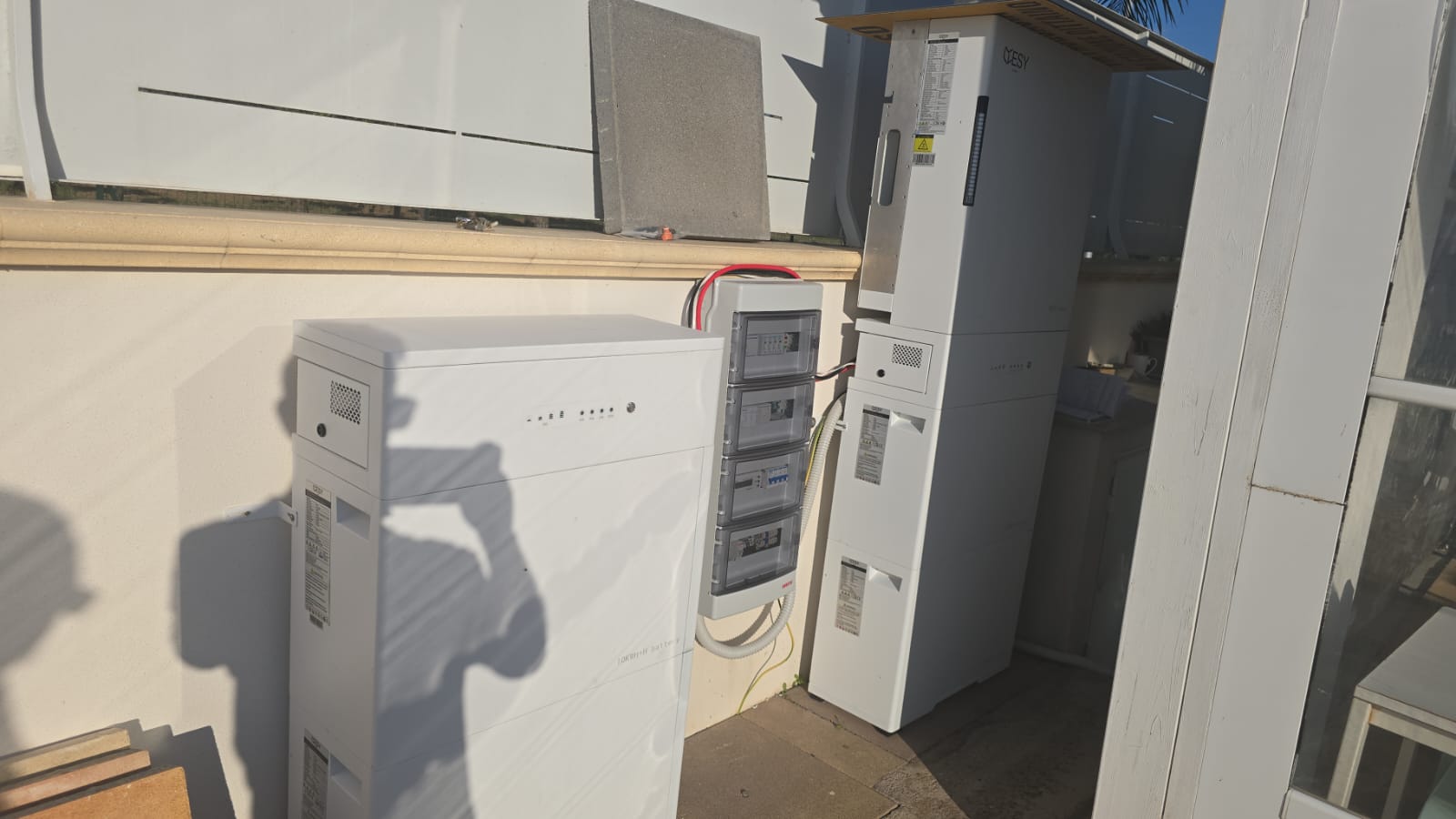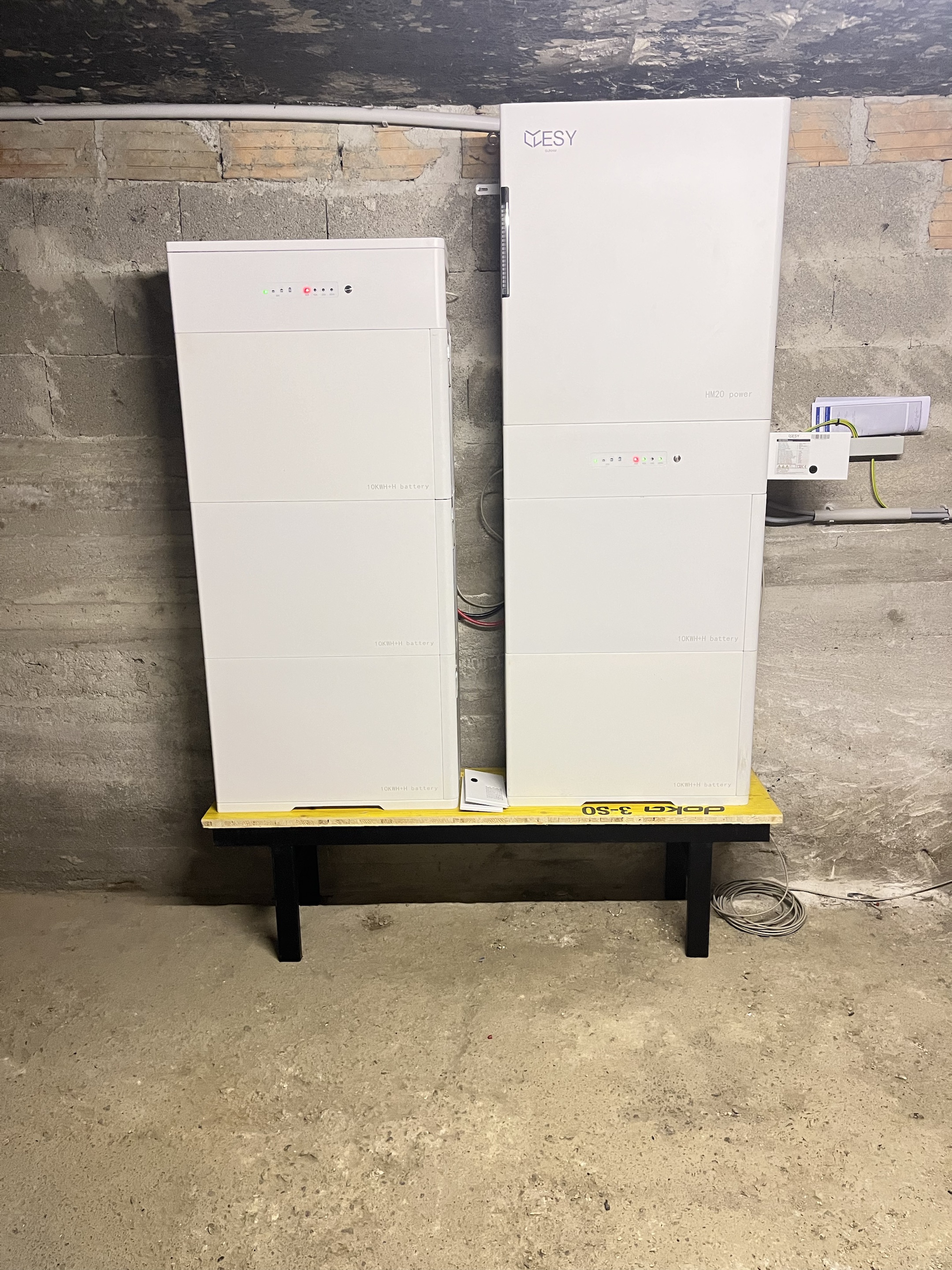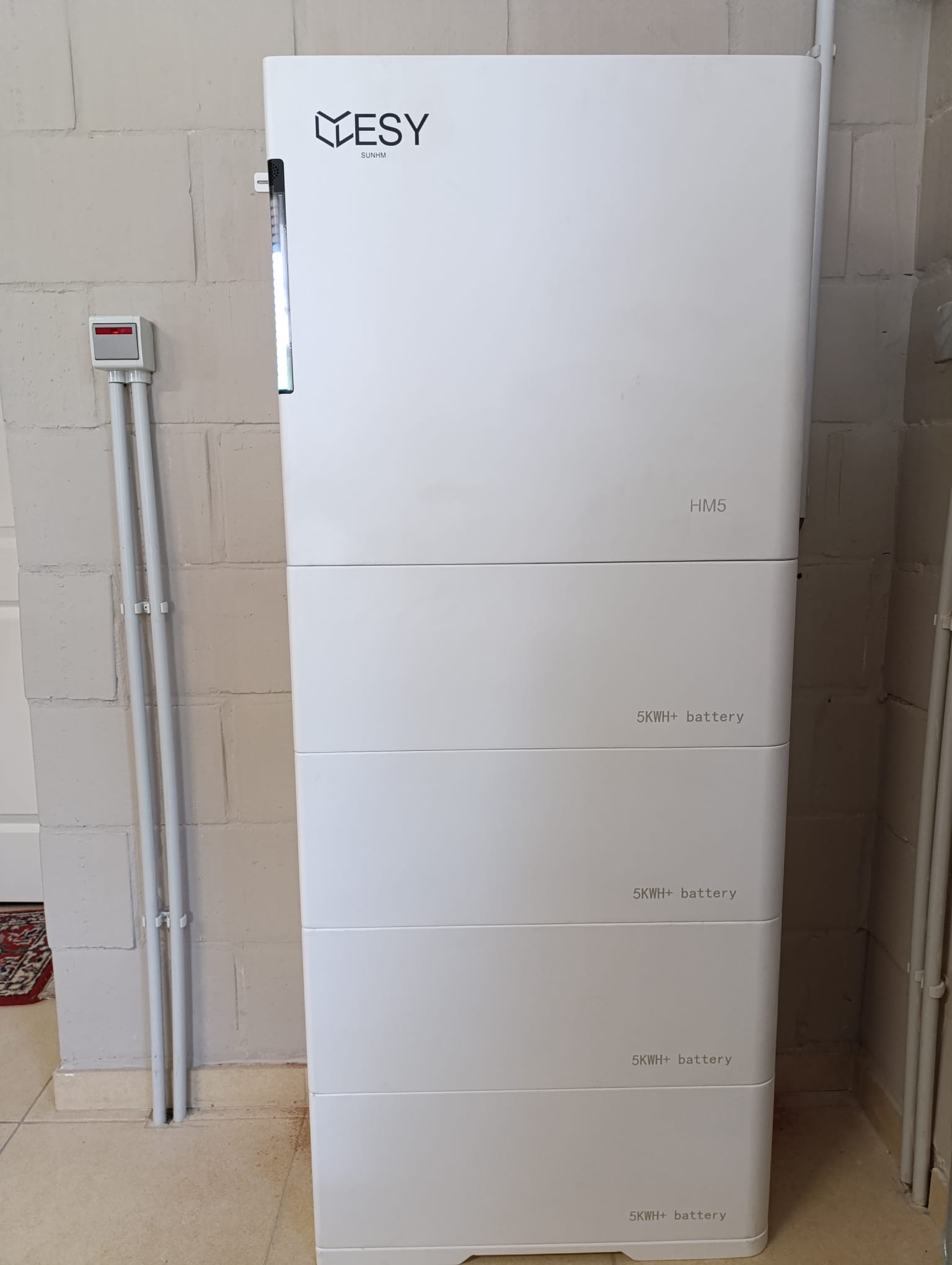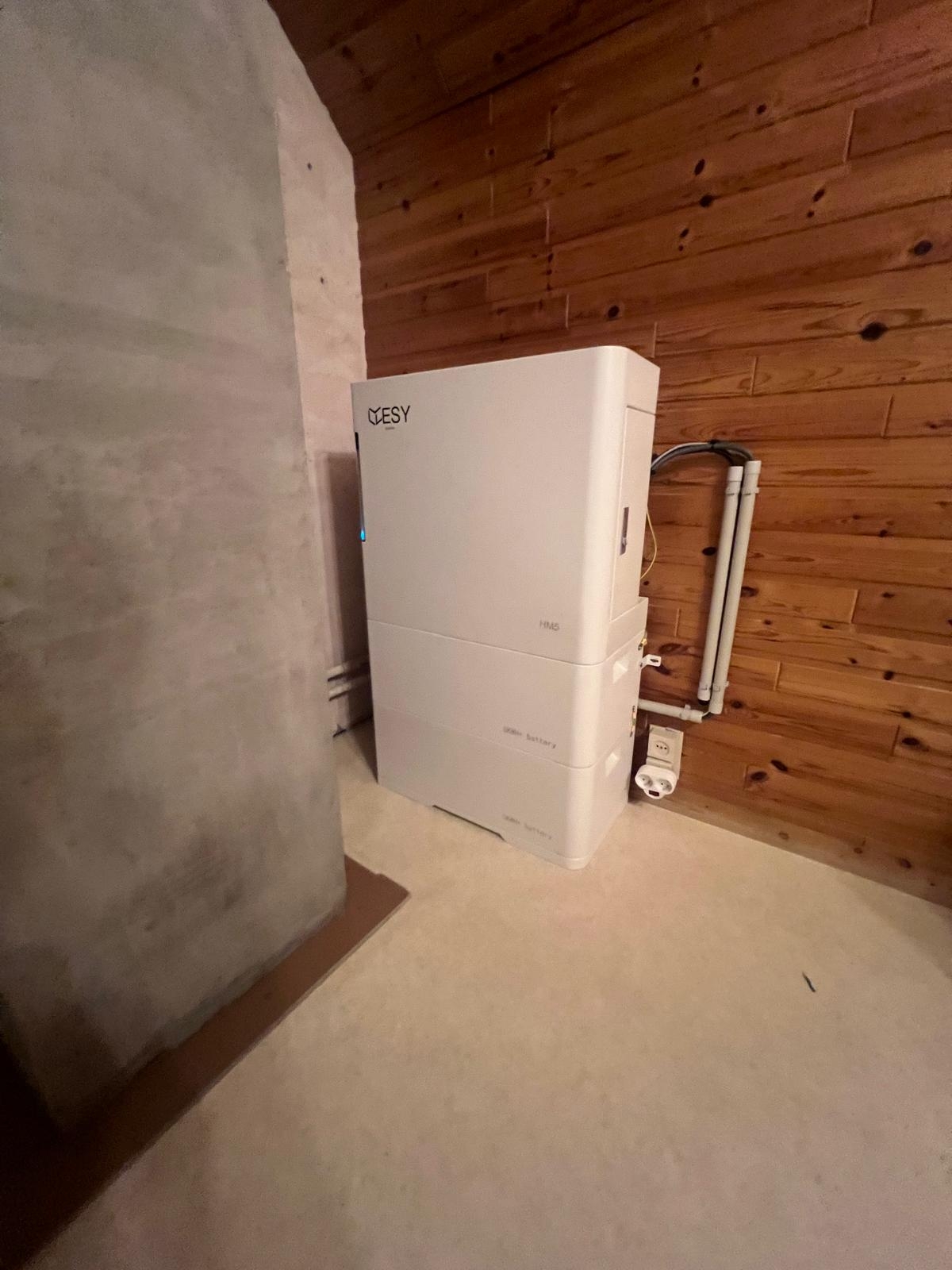Addressing Australia's Energy Market Needs
In recent years, Australia's energy market has faced significant challenges that have increased the demand for innovative energy solutions. Key among these challenges are:
1. **Rising Energy Costs**:
- Over the past few years, electricity prices in Australia have seen a sharp increase, especially during peak periods. This has significantly impacted commercial users, who are now seeking alternatives to reduce their energy costs. According to the Australian Energy Regulator, commercial electricity prices have risen by an average of 30% over the past five years.
- Energy storage systems offer a solution by allowing users to store electricity when prices are low and use it during peak periods, reducing the cost of purchasing electricity from the grid.
2. **Stability of Power Supply**:
- For commercial users, the stability of power supply is crucial. Any interruption can significantly affect business operations. Data from the Australian Energy Market Commission indicates that power outages cost the Australian economy billions of dollars annually. Energy storage systems can mitigate this issue by providing a reliable backup power source.
3. **Environmental Sustainability**:
- There is a growing demand for renewable energy and energy storage systems among commercial users, increasing by over 20% annually, as reported by the Clean Energy Council of Australia.
Market Opportunities
1. **Government Policy Support**:
- The Australian government has introduced various policies and incentives to support the development of renewable energy and energy storage systems. These include subsidies, tax benefits, and financing support from both federal and state governments. Such policies have reduced the initial investment costs, encouraging commercial users to adopt energy storage systems.
2. **Advancements in Technology and Cost Reduction**:
- Progress in energy storage technology, particularly lithium-ion batteries, and large-scale production have significantly reduced costs. According to Bloomberg New Energy Finance (BNEF), the cost of lithium battery storage systems has decreased by over 70% in the past decade.
- Continuous advancements have also improved the efficiency and lifespan of energy storage systems, further enhancing their economic viability.
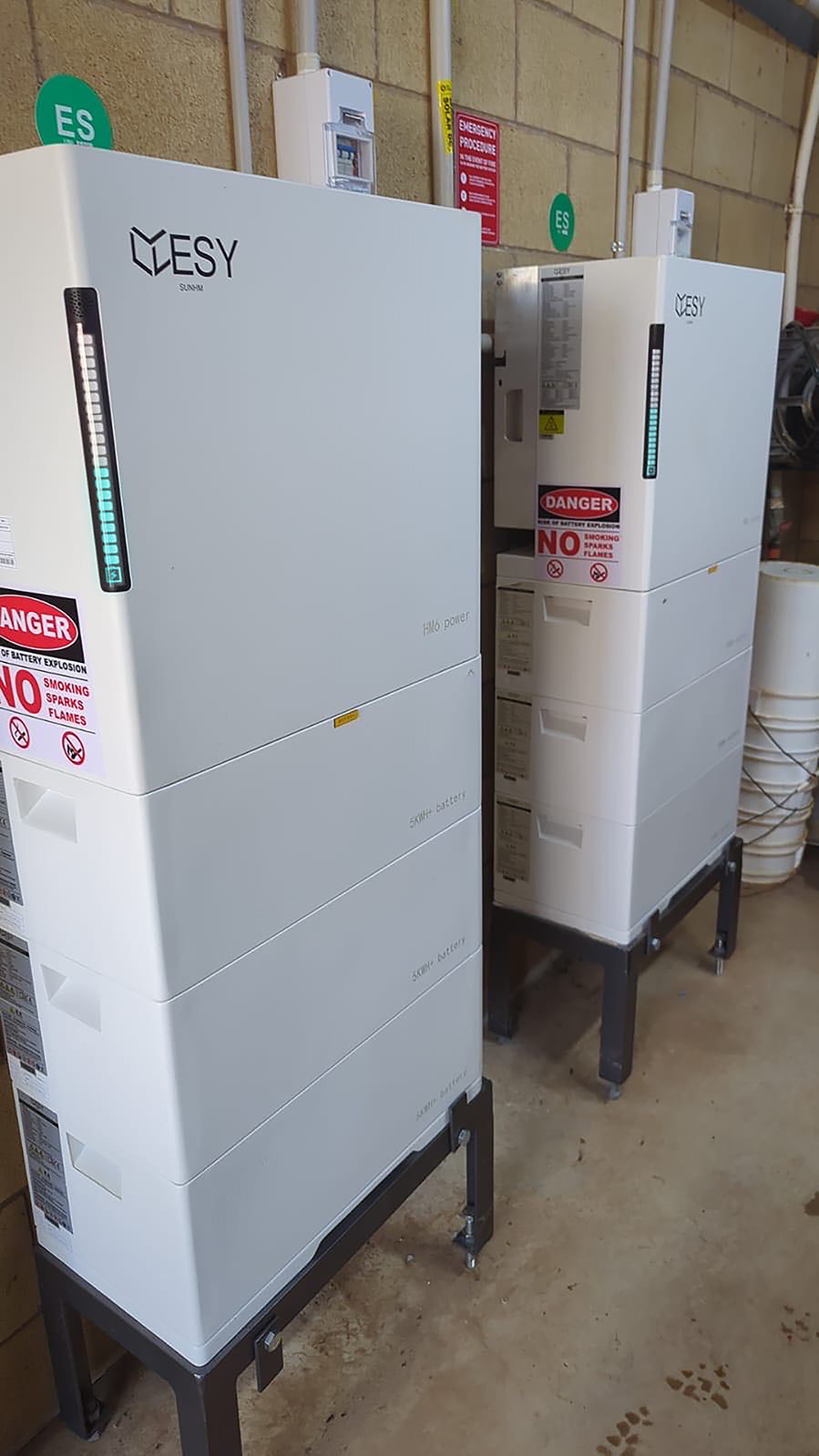

Case Studies Demonstrating Success
**Case Study 1: Dairy Farm in Victoria (VIC)**
- A dairy farm in Victoria installed two HM6-15 systems, each equipped with a 6kW inverter and three batteries, totaling a storage capacity of 30kWh.
- **Implementation**:
- Utilizing proprietary three-phase metering technology, the two HM6 systems were connected to the main circuit, enabling synchronized power supply to the grid and the dairy farm's electrical load.
- During sunny days, the systems charge the batteries and directly supply power through inverters. At night or during weak sunlight, stored energy is used to power the farm.
- **Outcome**: The system has significantly reduced the farm’s reliance on grid electricity, lowered energy costs, and improved economic efficiency.
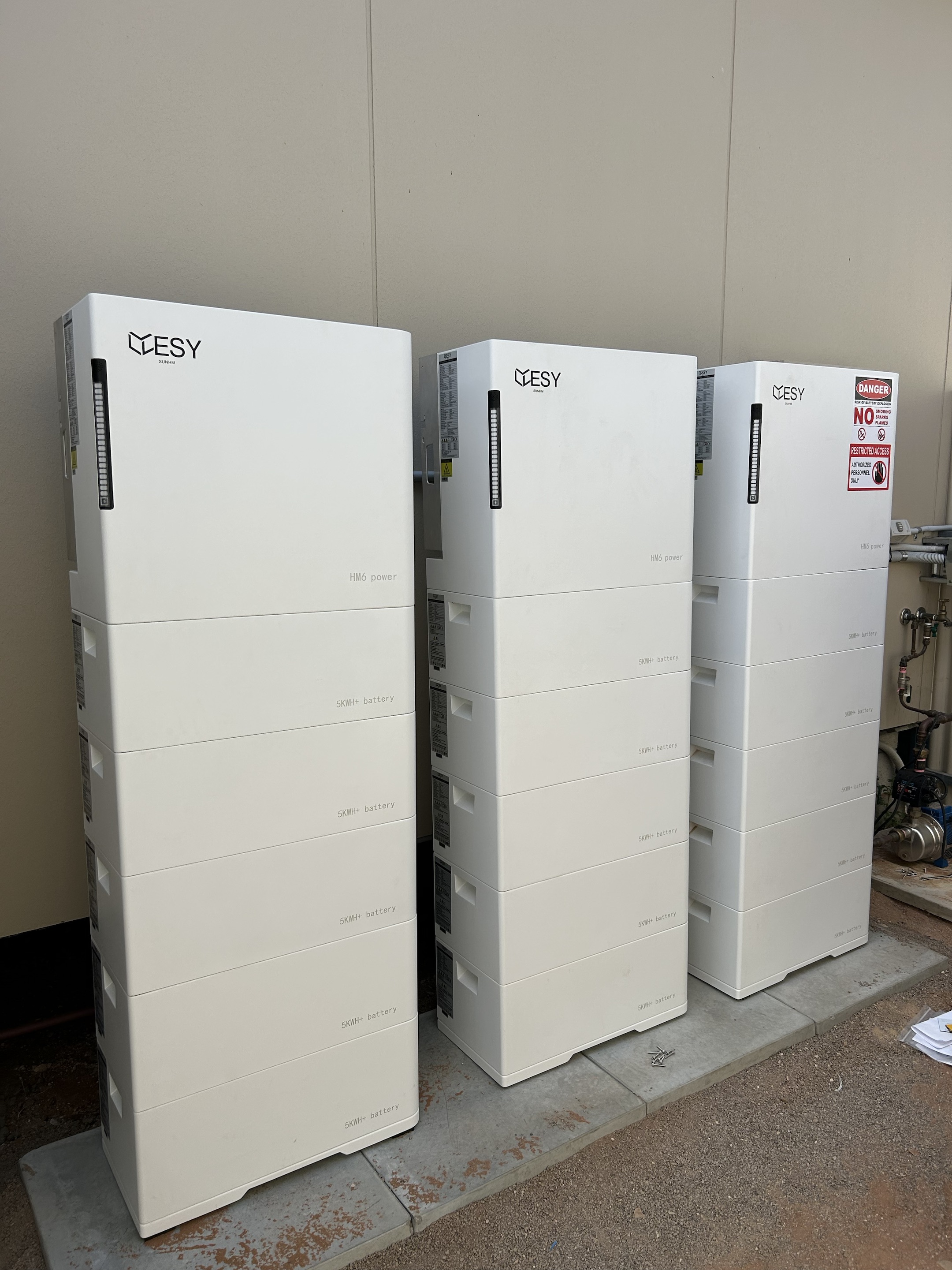
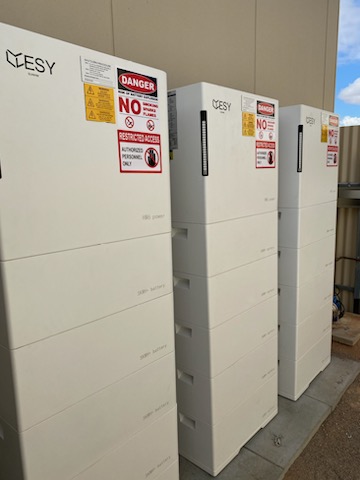
**Case Study 2: Small Hotel in South Australia**
- A small hotel in South Australia installed three HM6 systems, each with a 6kW inverter and five batteries, totaling a storage capacity of 75kWh.
- **Implementation**:
- The three HM6 systems were connected to the three-phase main circuit using three-phase metering technology, ensuring synchronized power supply to the grid and the hotel.
- **Outcome**: The system provided stable power supply, reduced grid electricity costs, and enhanced the hotel's economic benefits by utilizing solar energy and stored power effectively.
Advantages of HM6 System’s Multi-System Parallel Configuration
**The HM6 system**, developed by ESY SUNHOME, integrates a 6kW inverter and battery pack (5-30kWh) into a single photovoltaic storage unit. Utilizing proprietary BMS technology and IoT, paired with AI intelligence, and boasting IP66 waterproof, dustproof, and low-temperature resistant features, the HM6 system transitions traditional project-based photovoltaic storage into a home appliance-style energy storage product. However, the HM6 system does not support direct parallel power enhancement.
Each HM6 system operates independently, coordinated by a central control unit, ensuring high reliability, flexibility, and scalability:
- **High Reliability**: Independent system configuration ensures high fault tolerance. If one system fails, others continue to operate, preventing total system shutdown.
- **Flexibility and Scalability**: Users can gradually increase system numbers based on actual needs, allowing flexible expansion of total power and storage capacity. This reduces initial investment costs and allows for incremental expansion as demand grows.
- **Independent Control**: Each HM6 system is independently controlled, facilitating maintenance and management. Systems can be individually serviced without affecting others.
- **Adaptability to Various Applications**: The multi-system parallel configuration is suitable for diverse small commercial energy storage applications, particularly those requiring high reliability and flexibility.
Conclusion
The HM6 system's unique features and advantages make it a competitive solution in Australia's small commercial energy storage market, meeting the multifaceted needs of commercial users for cost-effectiveness, energy independence, and environmental sustainability. Moving forward, ESY SUNHOME remains committed to innovating and advancing energy storage technology, optimizing product performance, enhancing user experience, and promoting global energy transition and sustainable development.
